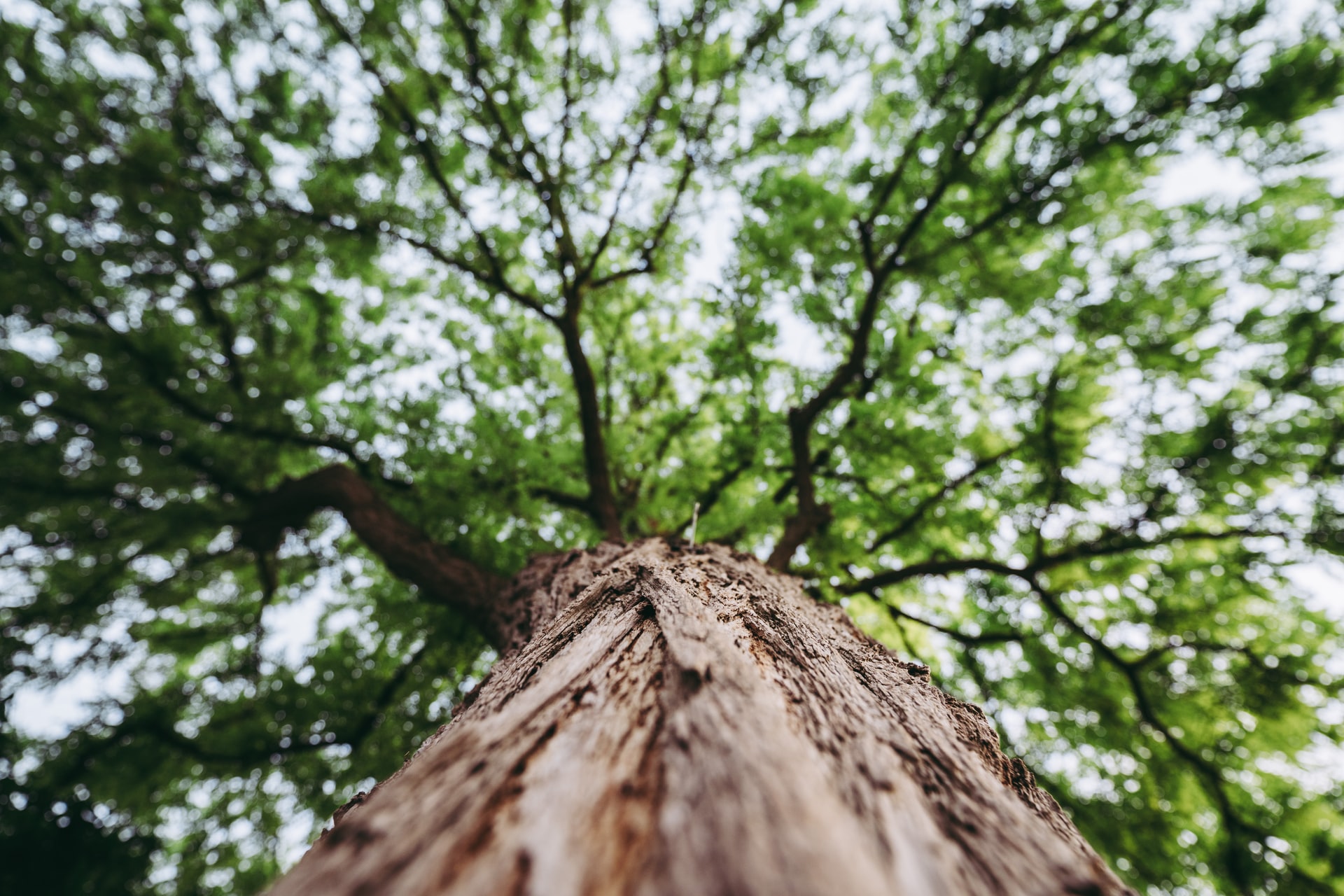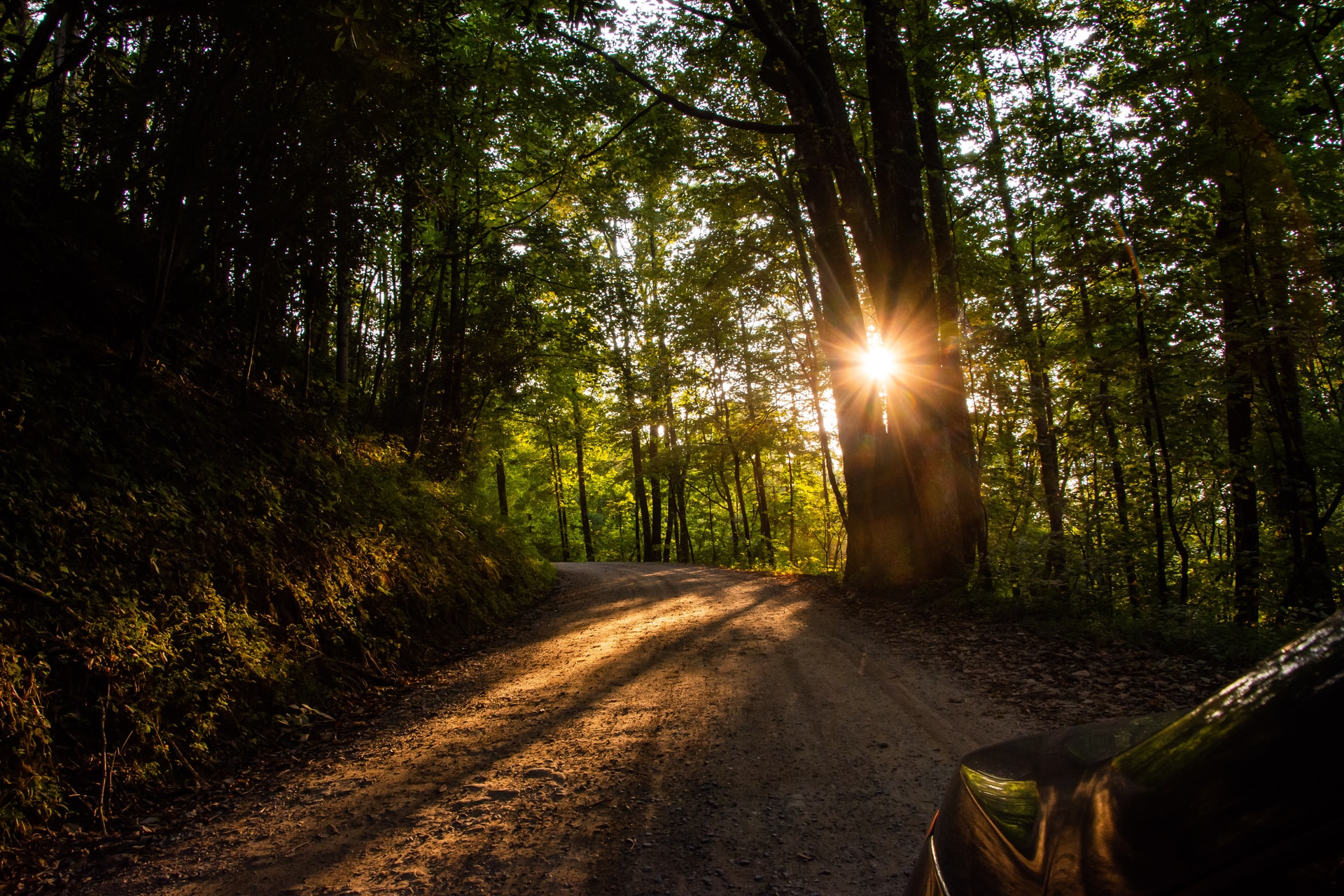
- Inspiring People -
- 7mins -
- 1,065 views
10+ surprising healing powers of trees
A selection of the obvious and not-so-obvious ways spending time among the nature in your own community can help out your body.
“What have the trees ever done for us?” Well, for starters…
Trees provide us with breathable air, timber, fuel, food, shelter, medicine and beauty. Frankly, without trees, we could not live. They can help us think better and they can help us feel better. But did you know trees and nature have the power to heal us from head to toe? That’s why it is always important — especially now — that we get outside and explore our urban forests, or just our backyards, patios, or even just looking out a window. Below you will find a selection of the ways the nature in your own community and neighbourhood can help out your body.

As well as saving people’s lives, these medicinal plants are worth a staggering US$108 billion a year. Source: Unsplash/Chris Lawton
10 health benefits of your nearest nature 1–5
1. Starting at the top of your head with your brain, researchers have found being outside around nature and trees helps to calm and renew your brain’s thoughts, improving your ability to focus!
- Pro Tip: When you find yourself stressed out, go outside and notice the types of plants and animals you see. Do any trees live around you? Stay outside for ten to fifteen minutes and notice how your mind feels after!
2. Looking at the trees through your eyes can help your vision! People who spend more time outdoors are not as likely to need glasses for nearsightedness. Scientists have also found children who spend more than 2 hours a day outdoors are three times less likely to need glasses.
- Pro Tip: Go outside and look up into the branches of your favorite tree and see if you can find any critters that made a home in them. How many critters can you find?
3. Taking a deep breath through your nose or mouth, what do you smell? Researchers have found outdoor activities can develop one’s taste and smell with different types of scents. Taste and smell work closely together, and the outdoors has a wider variety of aromas than the indoors!
- Pro Tip: Go into your garden or for a stroll around your neighborhood and count the different things you smell – from manure and soil to flowers and trees. How many smells are there?
4. Speaking of smells, that air goes into our lungs. We know that trees clean the air by absorbing carbon dioxide and producing oxygen, but did you know this lowers the rates of asthma? Researchers have found communities with more trees have lower hospitalisations due to asthma!
- Pro Tip: Try out a breathing exercise. (Bonus if you do it outside!) Draw your elbows back to allow your chest to expand, take a deep inhale through your nose for five seconds, hold for three seconds, then slowly release through your mouth! What did you feel?
5. Do you wear your heart on your sleeve? Studies show that nature and trees positively impact blood pressure and cholesterol, lowers heart rate, and reduces the stress hormone cortisol!
- Pro Tip: If you can’t go outside, try looking at pictures or videos of nature – this is almost as good as the real thing for your heart! Do you notice a difference?
Source: TreePeople.org
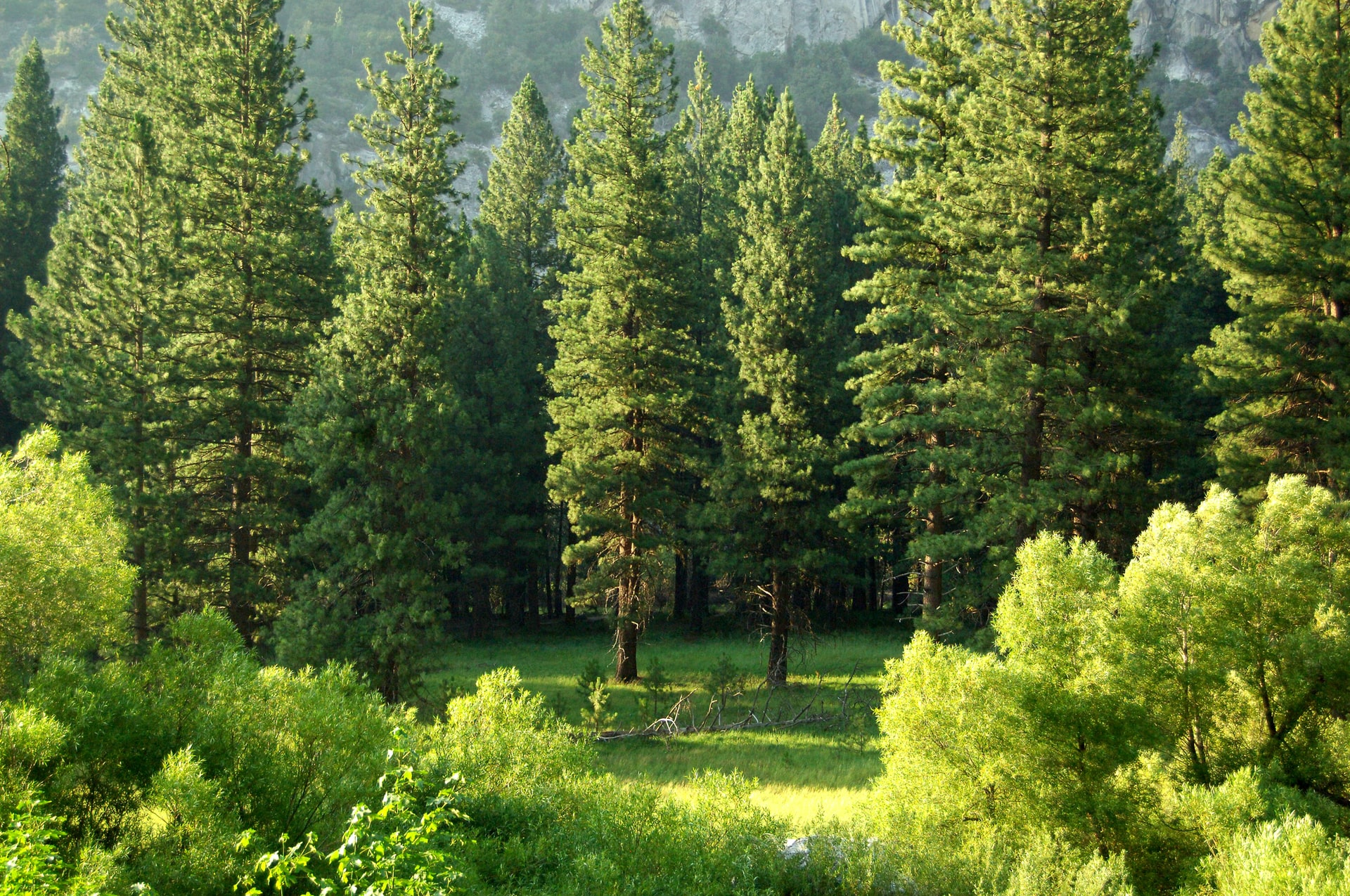
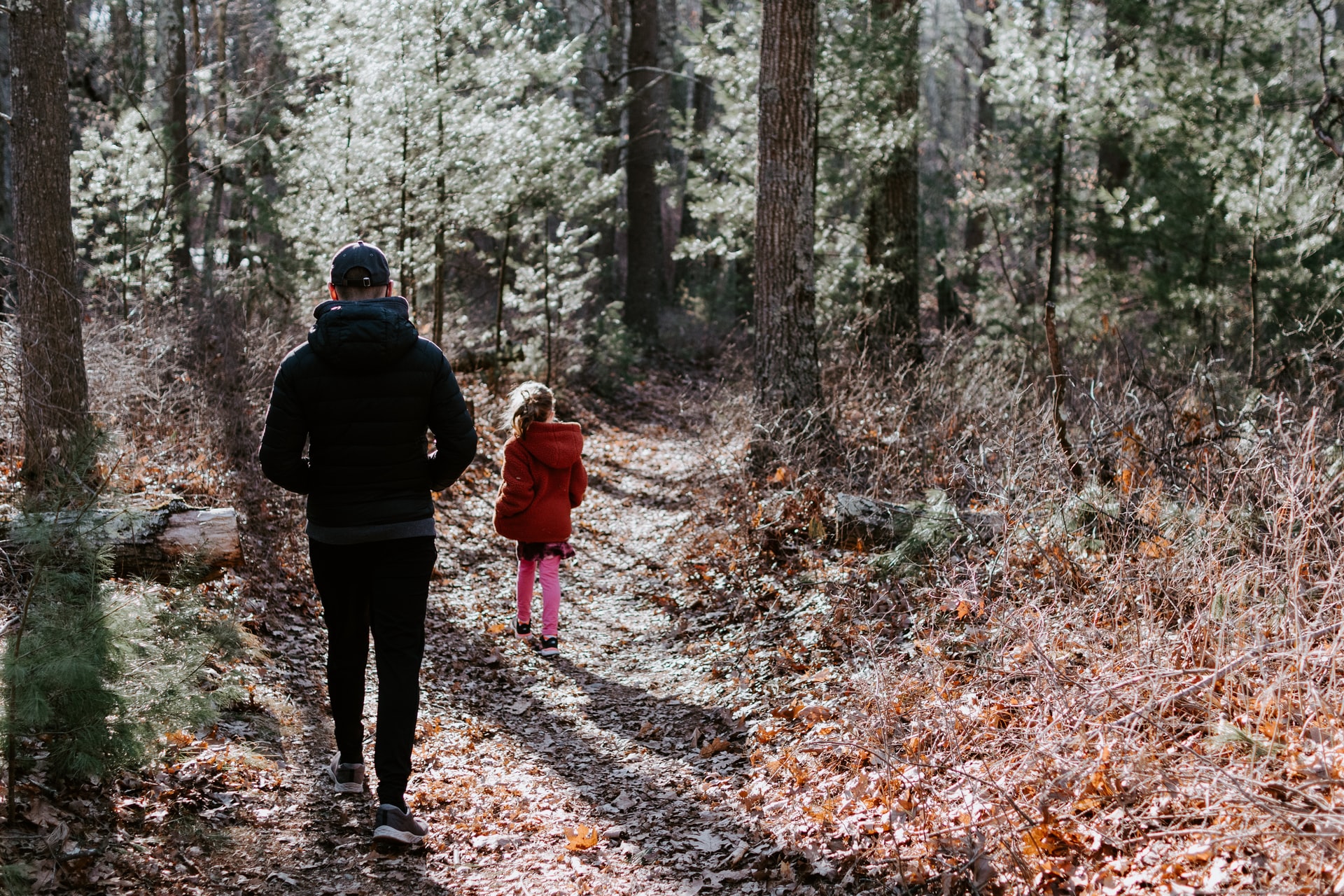
10 health benefits of your nearest nature 6–10
6. Trees and nature help with illness too! Researchers know that patients with views of natural settings from their hospital windows heal faster with less complications and take fewer pain medications than those who have no view.
- Pro Tip: Can you see a tree, park, shrub, or other plants from your window? If so, take time out of your day to look at it! If you don’t see any, try getting your very own house plant! You can even name and talk to them like a friend! What are your plants’ names?
7. When was the last time you touched a plant? Researchers have found that children who play outdoors are more tolerating of different textures than those who play solely inside.
- Pro Tip: If you have a garden or plants, try touching the soil your plants live in or touching the plants themselves. What do they feel like?
* Note: due to COVID-19, TreePeople and BrightVibes are not encouraging others to touch plants in public places.
8. If you’re outside, sometimes you can lose your balance, but did you know that being outdoors on varying surfaces and playing in trees challenges different muscles, making you more stable?
- Pro Tip: The next time you go outside, try going on different surfaces: dirt, grass, sidewalk, whatever is in your urban forest. Is your body shifting in different ways based on the surface?
9. Times are pretty isolating right now, but nature and trees can help with social connection. Natural areas have the ability to increase socialisation and make people feel less lonely.
- Pro Tip: Get outside if you’re feeling lonely and interact with nature in your urban forest! What types of plants and animals do you meet?
10. Above all else, nature and trees can help out with mental health. As minimal as five hours a month (two 40-minute sessions per week) in your urban forest can help to prevent mild depression.
- Pro Tip: Explore your urban forest and discover what lives around you! Let us know what you found!!
Source: TreePeople.org

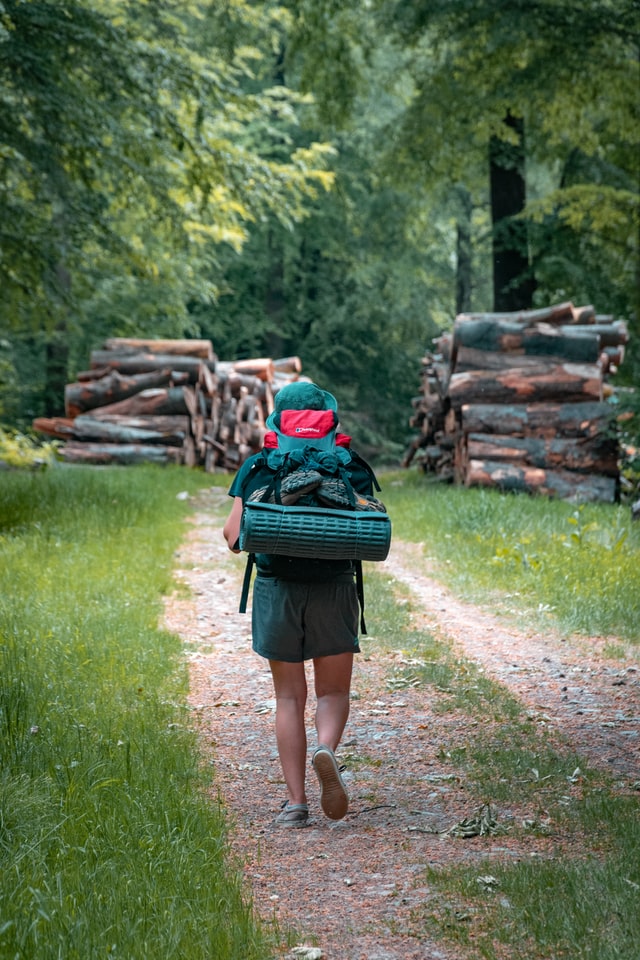
The benefits of a walk in nature cannot be understated
In 2004, Japan’s National Land Afforestation Promotion Organisation conducted an experiment and discovered that a forest stroll had beneficial effects on blood pressure, heart rate and the immune system. They also found that people who just looked at a forest view for 20 minutes had a 13% lower concentration of the stress hormone cortisol.
As well as the physiological benefits of trees, attention is turning to the relatively new field of eco-psychology. This is based on the notion that our disconnection with nature is a central factor in many of our emotional woes.
Doctors in England are embracing the benefits of trees, too. Rather than prescribing antidepressants, GPs in Telford, Doncaster and Camden, north London, are referring patients suffering from stress, depression or anxiety to Green Gyms where they can get involved in conservation projects. Research by Oxford Brookes University shows that cardiovascular health benefits from exercise and fresh air, but woodland surroundings have a calming effect that assists recovery more than a gym.
Then there’s popular Japanese practice of shirin-yoku or “Forest Bathing”, and we have a whole separate article on that.
Modern medicine often sets the physical and the emotional apart, yet with their roots firmly in the ground and their branches reaching up to the skies, trees remind us that the two are planted firmly together.
Source: Psychologies.co.uk
